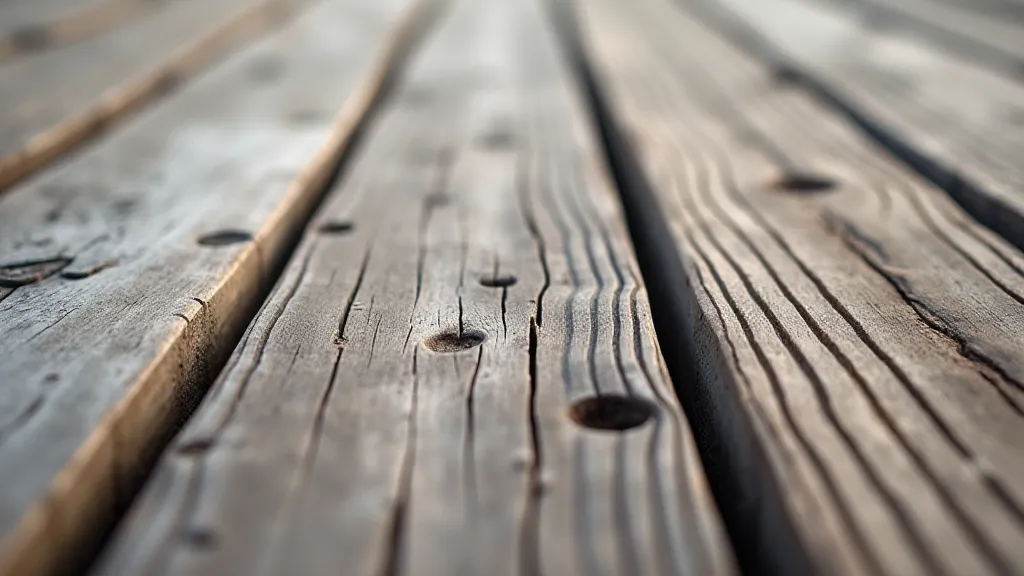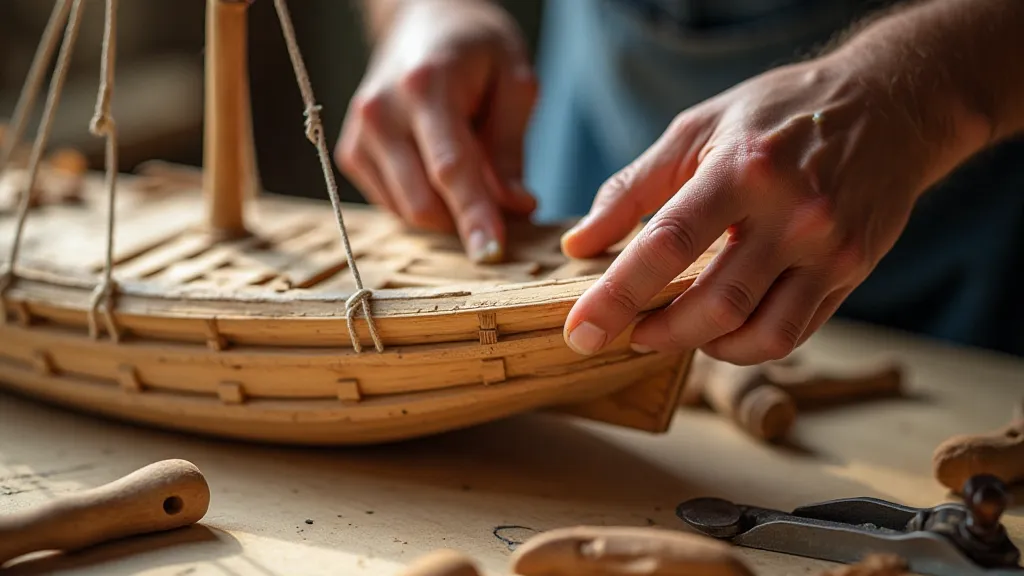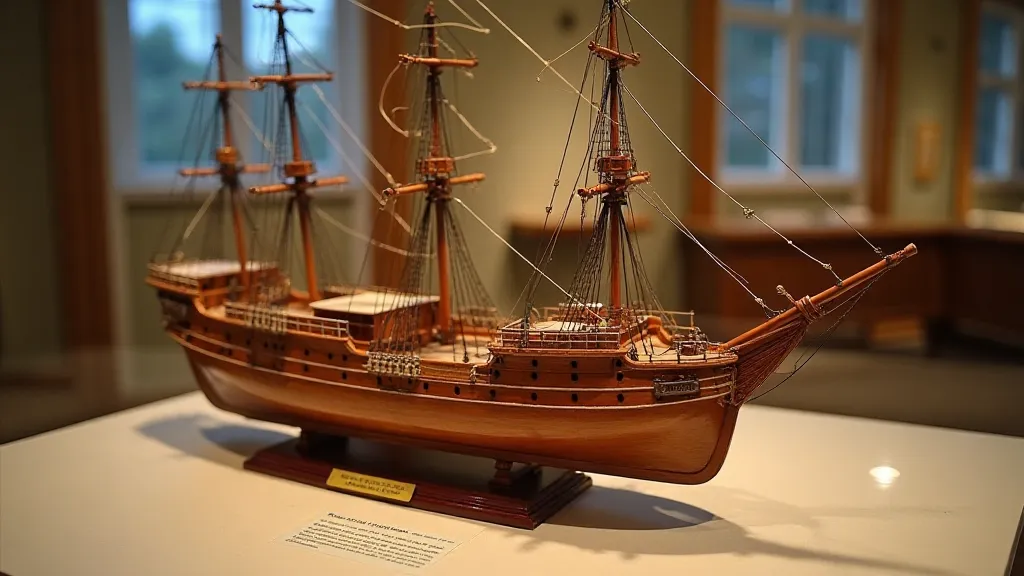The Sailor’s Legacy: Connecting to Maritime Ancestry
There's a particular scent that clings to old wood – a combination of salt, tar, and the ghost of long-forgotten voyages. It’s a scent I’m intimately familiar with, not just from seaside walks, but from the shavings that accumulate as I work on my latest model ship project. Building wooden models isn't merely a craft for me; it's a pilgrimage, a slow and deliberate attempt to understand the lives of those who sailed before me, particularly those woven into my own family history. For generations, my ancestors were men of the sea, pushing against horizons and battling storms. Their stories, once vibrant and integral to the fabric of our family, had gradually faded, relegated to dusty photo albums and fragmented recollections. Building a ship, a tangible representation of their world, has breathed new life into those faded threads.
The genesis of this passion wasn’s just about appreciating fine woodworking. It began with a single, faded photograph. My grandmother, bless her heart, unearthed it during a particularly thorough spring cleaning. It showed a stern-looking man with a walrus mustache, standing proudly on the deck of what appeared to be a clipper ship. On the back, in elegant cursive, were the words: "Elias Thorne, 1888, *The Wanderer*." Elias was my great-great-grandfather. Before that moment, I knew almost nothing about him. My grandmother recalled snippets—tales of a man who returned from the sea with a faraway look in his eyes and a trunk full of exotic souvenirs. Suddenly, a name on a photograph became a quest.

The Allure of Historical Ships
The world of historical ship models can feel overwhelming at first. From majestic frigates to nimble schooners, the sheer variety is astonishing. Each ship represents not just a vessel, but a snapshot of a particular era—the Age of Sail, the rise of steam power, the dawn of ironclad behemoths. The historical context is key. Building a model of a *Cutty Sark*, for instance, isn't just about replicating its hull shape; it’s about understanding its purpose as a tea clipper, its vital role in the trade routes between Britain and the Far East, the desperate race against time that defined its existence. Researching these details, pouring over archival drawings and contemporary accounts, is half the enjoyment.
Historically accurate model shipbuilding is a demanding craft. Unlike plastic models, which often forgive shortcuts, wooden models demand precision and patience. The process involves selecting the right wood—basswood for the hull, mahogany for the deck, cherry for the masts – each chosen for its specific properties and workability. The keel, the backbone of the ship, must be perfectly straight. The frames must be shaped with meticulous care. The planking must be tight and fair. A slight imperfection, a warped plank, a misaligned frame, can throw off the entire structure.
More Than Just Wood and Glue: A Craft of Connection
What began as an interest in historical accuracy transformed into a deeply personal exploration. I delved into genealogical records, tracking Elias Thorne's voyages. I discovered that *The Wanderer* was a merchant vessel, primarily engaged in trading spices and textiles between England and the Caribbean. He wasn't a swashbuckling pirate, but a hardworking sailor contributing to the bustling commerce of the Victorian era. His life, while not filled with dramatic exploits, was nonetheless a testament to resilience and determination.
Building his ship felt like a conversation across time. Each piece of wood I shaped, each line I planked, brought me closer to understanding his world, his challenges, and his triumphs. I imagined him, a young man eager to prove himself, battling seasickness and enduring the monotony of long voyages. I pictured him, a seasoned sailor, navigating by the stars and weathering fierce storms. Suddenly, he wasn’t just a name on a photograph anymore; he was a man, a father, a husband – a man connected to me through the enduring legacy of the sea.

Preserving the Past, Shaping the Future
The process of building a wooden model is also an exercise in problem-solving. You will invariably encounter challenges – warped wood, broken tools, unexpected setbacks. It’s these challenges that teach you the true essence of the craft – the importance of perseverance, the value of attention to detail, the beauty of imperfection. No two wooden ships are ever exactly alike. Each one bears the mark of its maker, a testament to the unique skills and experiences that shaped its creation.
Beyond the personal connection to family history, wooden model shipbuilding offers a broader appreciation for the craftsmanship of the past. These ships weren't just functional vessels; they were works of art. The shipwrights who built them were masters of their trade, combining technical expertise with artistic flair. By recreating these ships in miniature, we are not only preserving their memory but also honoring the skills and dedication of those who came before us. Whether you're a seasoned modeler or a curious beginner, the world of wooden ship modeling is a journey of discovery—a voyage into history, craftsmanship, and the enduring legacy of the sea.
Restoring antique ship models, by the way, is another fascinating, but specialized pursuit. It requires a gentle hand, a deep understanding of traditional materials and techniques, and a reverence for the original craftsmanship. Collectors often seek out these rare pieces, recognizing their historical significance and artistic value. While challenging, restoration is a way to give these silent witnesses of maritime history a new lease on life.






